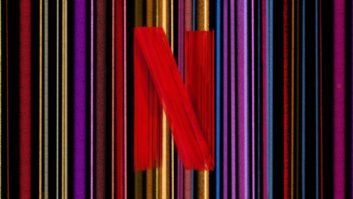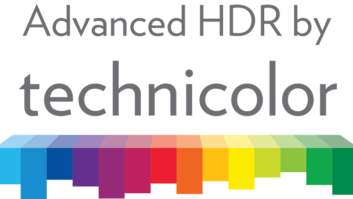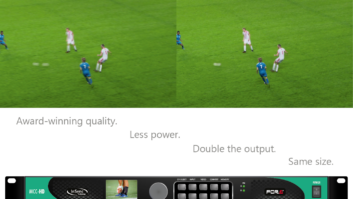As demand for high-dynamic range (HDR) content continues to rise, streaming service providers are wrestling with how best to manage the dynamic transition from a predominantly standard dynamic range (SDR) environment.
To this end, leaders in the over-the-top (OTT) community are exploring ways to integrate and optimise their SDR and HDR operations to simultaneously deliver live and on-demand content in a technically effective and economically rational manner, according to Alan Stein, vice president of technology for InterDigital.
“Almost every major streaming provider offers HDR content today,” says Stein. “The challenge is that the content is created, managed and distributed in several different formats. Because of the nature of HDR’s evolution, there isn’t a clear winner in terms of a dominant HDR format across the different streaming service providers.”
The situation is equally complicated at the endpoint. Current devices in the market — including set-top boxes, televisions, mobile phones and tablets — support a variety of HDR formats that can run into compatibility issues and deliver inconsistent or unintended display results to viewers.
“It’s chaotic,” states Stein. “But having said that, a growing number of TV manufacturers offer HDR experiences. The reason is that consumers are much more likely to notice viewing improvements from HDR-equipped TVs than when they watch 4K-capable TVs. In other words, high-definition (HD – 2K) television with HDR compares quite favourably — often better — than UHD (4K) TVs displaying SDR.”
This is not lost on streaming service providers, which is why a growing number of OTT players are embracing HDR for new content. The challenge is that, while the volume of HDR content is growing, SDR accounts for the majority of content in most libraries.
Since a significant portion, if not the majority, of profits generated for OTT providers come from content libraries, interest in converting SDR libraries to HDR is growing. This, however, raises an interesting series of creative, technical and economic questions.
Creative, technical and economic issues for streaming SDR and HDR
“On the creative front, content owners need to ensure that they maintain the creative intent captured in SDR when up-converting to HDR. Simply making content brighter can unacceptably alter the story artists were trying to tell. As a result, thought and appropriate action must be invested to preserve the essence of the original work,” explains Stein.
There are significant technical consequences to making the same content available in SDR and HDR. Beyond addressing storage and distribution implications, leaders in the streaming sector must determine how to manage the various versions of content that must be encoded to support different applications.
“Improperly managed, this can raise the technical level of complexity,” warns Stein.
Finally, there are the financial implications. Streaming service providers must understand how the encoding costs and time are managed as they develop their ladders, including the number of different encodes that are created to support different resolutions, bit rates, and frame rates. In today’s environment, it is not unusual for entertainment content to require between seven and 10 encodes.
“The volume of work literally doubles if providers are performing different encodes for SDR and HDR. The video industry has recently worked toward mitigating the redundancy of encodes to support MPEG-DASH and HTTP live Streaming (HLS) ladders, but they have not yet addressed the HDR and SDR encoding overhead in any meaningful way,” he says.
The case for single stream workflows for HDR and SDR
The key is to harmonise encoding by pursuing an integrated approach to managing HDR and SDR, and this, says Stein, is where Advanced HDR by Technicolor solutions come in.
“Advanced HDR by Technicolor has a tool called Intelligent Tone Management (ITM) that can up-convert SDR-produced content into HDR for distribution. The ITM tool has several configurable parameters that enable providers to deliver a look and feel suitable for different brands and content creators and can support both live and archival content,” says Stein.
The solution also applies single-layer HDR (SL-HDR1) technology, allowing single-bit streams to be encoded and delivered as both SDR and HDR using metadata. Content is delivered as SDR, and when it hits devices that support Advanced HDR by Technicolor, the low-level video decode identifies the SL-HDR1 metadata that enables HDR reconstruction. This strategy not only simplifies the process but also consumes very little overhead resources while content is en route.
“This means that providers only need to encode content once to meet their ladder needs. It cuts in half the number of encodes and storage units, simplifying many distribution pain points. It is a capability that is not available in other solutions, so it is a key differentiator for Advanced HDR by Technicolor,” concludes Stein.







